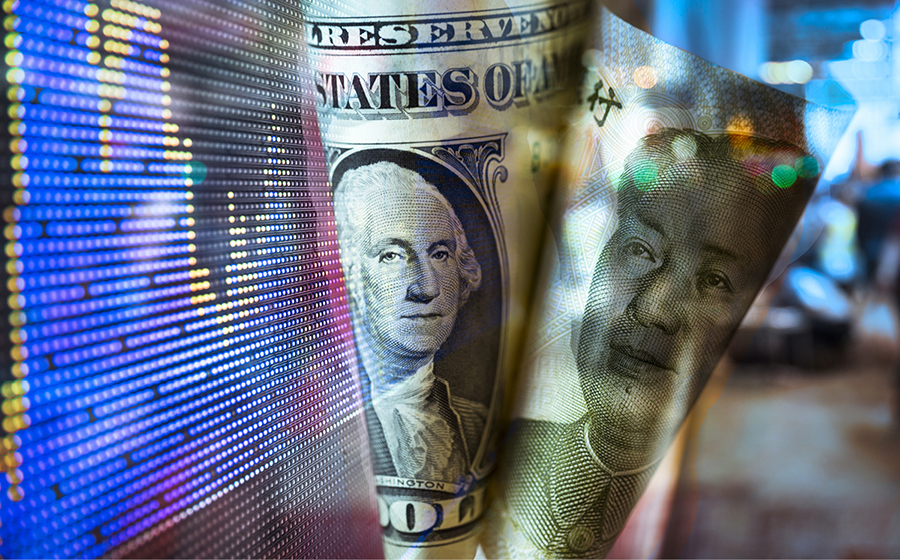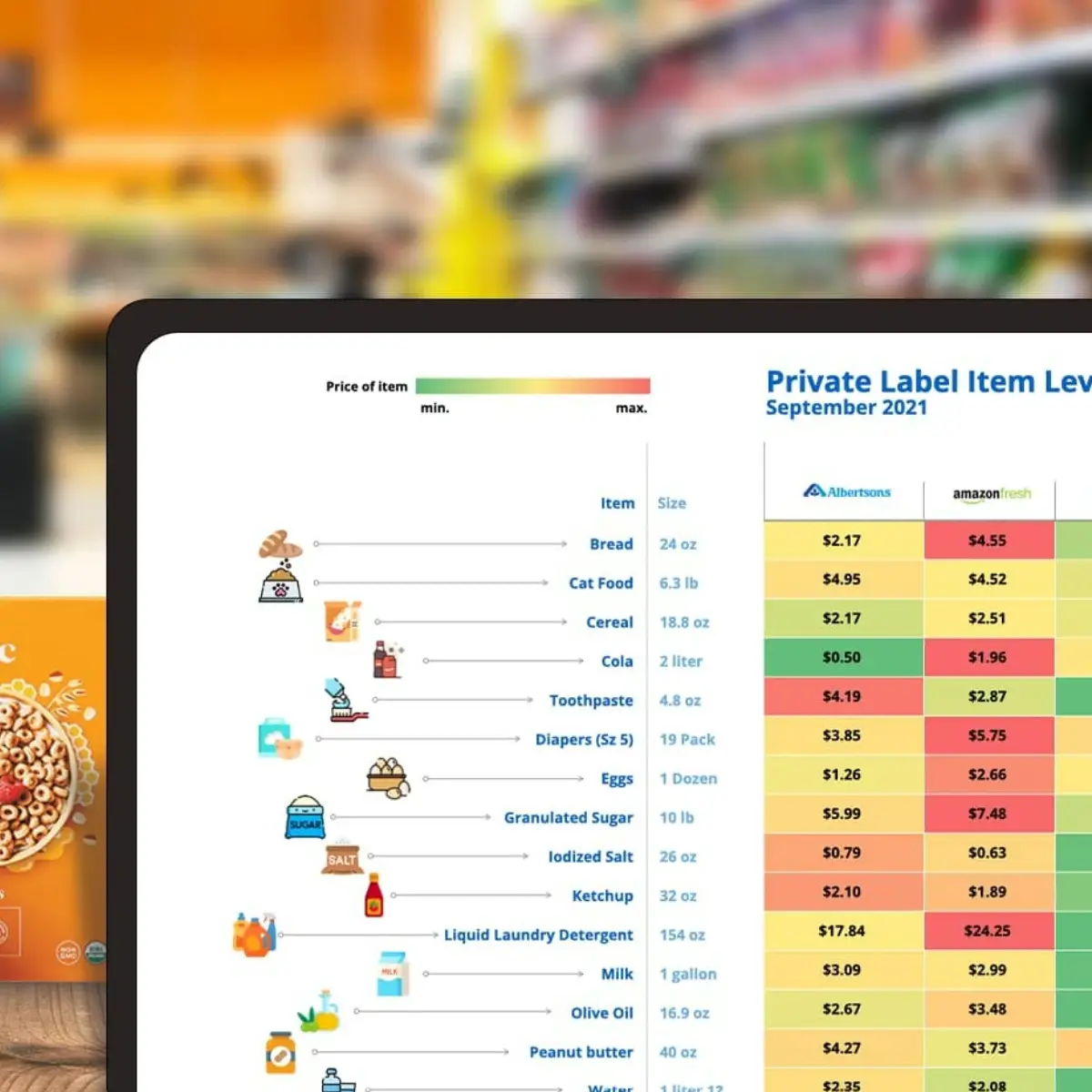Tariffs were a huge talking point for most of 2018. However, by the midterm elections, tariff concerns barely registered a blip on the radar in all but a handful of rural districts across the United States. Media mentions have died down and companies are adjusting to the new normal. However, that doesn\’t mean that the threat of tariffs has passed; there is unquestionably more turbulence to follow.
But first, the positive news. The negotiations around the US-Mexico-Canada Agreement (USMCA), which will replace NAFTA, were completed on September 30, 2018 and signed by the countries\’ leaders exactly two months later. The threat of this front of the trade war looks to be averted for now. Even with the Democrats in control of the House of Representatives next year, the risk is low that this deal will be derailed. Retailers-and grocers, in particular-can breathe a sigh of relief knowing they will miss what would have been a $5 billion direct hit on their bottom lines.
Now for the bad news. The trade war with China appears to be intensifying. Unless a deal is struck with China, the Trump Administration will raise the 10 percent additional tariffs currently in place on Chinese goods to 25 percent. After the recent meeting between Donald Trump and Xi Jinping in Buenos Aires, the deadline was extended from January 1, 2019 until the end of February. Despite the temporary truce, the U.S. and China are still far apart on many issues, making a new deal appear unlikely even before the extended deadline.
A 15 percent increase represents a significant impact on retailers, with a projected $30 billion in additional tariffs collected. Unfortunately, this increase is not the only trouble on the horizon for retailers. Washington is also considering further tariffs on all imports from China-approximately $267 billion worth of products. The Office of the United States Trade Representative (USTR) has a list of more than 5,700 goods that will face tariffs under Section 301 of the Trade Act. Many of these imports are consumer goods, including food products, beverages, personal care, and furniture, which up until this point have avoided tariff increases. Retailers will feel the direct impact of these immediately.
Beyond China, there are other worrisome developments ongoing with Japan and the EU. One important, yet less discussed, concern is the Section 232 automotive tariffs which are the focus of increased trade conversations in Washington. If these tariffs were enacted, it would open yet another front of the trade war, and both Japan and the EU can be counted on to retaliate in kind to maximize political and economic damage in the US.
Ongoing gridlock over the future of the World Trade Organization (WTO) is also looming; the US is refusing to appoint new judges to the WTO for the upcoming term. Without a conflict resolution mechanism in place for the multilateral trading system by the end of 2019, trade could be entering uncharted territory. While G20 leaders committed to reform the organization, such a process is difficult even in the best of times. And with growing economic tensions between countries, these are not the best of times.
Although the tariffs have faded as a talking point, the uncertainty around tariffs has not. It\’s retailers who should be paying attention and, more importantly, developing a plan for the impact of tariffs on the global market.
What should retailers do to prepare?
One way to help mitigate the looming risk posed by tariffs is through transparency. That starts with the origins of the supply chain. Understanding where supplies (and their suppliers) are coming from can allow retailers to calculate value at risk. There has been little in the way of trade risk over the last few decades. Thus, most companies don\’t have a system in place to quickly estimate the damage from tariffs and other trade actions, leaving the potential to be caught unawares.
Retailers need to have a solid understanding of not only new tariff proposals, but also what is churning its way through Washington machinery. Particular attention needs to be paid to how trade actions will impact bottom lines over the next 6-12 months. Using scenario planning, retailers can run simulations to determine what impacts will happen over extended periods. These outcomes can affect decision-making around both sourcing strategies and supplier relationships over the long term.
It\’s also necessary to develop strategies and action plans for the steps taken once a new tariff becomes a reality. Companies will need to lock up alternative supply sources. It\’s likely that the companies with action plans in place will not be caught flat-footed, and thus have a chance of gaining a competitive advantage over the market.
In capital cities across the world, from Washington to Beijing, governments are operating in preparation for a trade conflict that is looking more certain than ever. Retailers need to do the same. As tariff lists continue to grow, strategies that address not only direct impacts from trade, but also ripple effects, need to be prioritized now.




